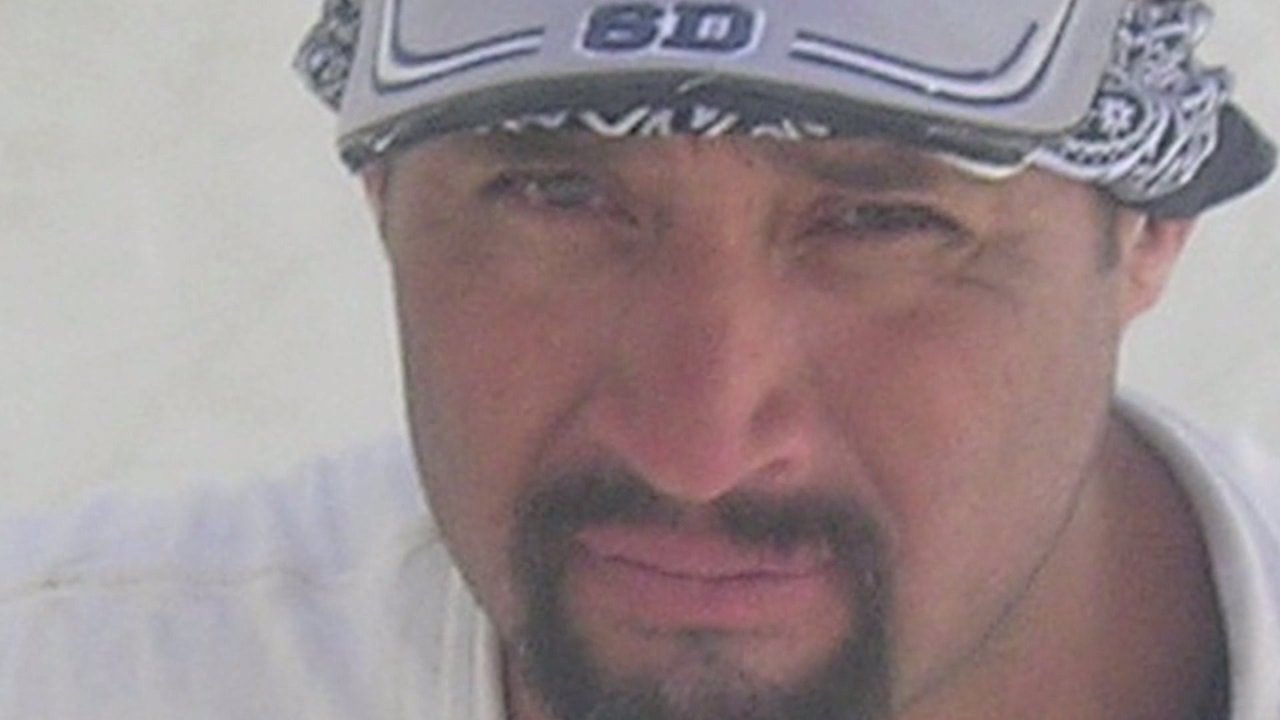
SAN DIEGO (CNS) – The 2010 death of a man at the hands of federal agents at the San Ysidro Port of Entry resulted in an alleged cover-up involving destruction of evidence and falsification of reports, according to court filings released Thursday by attorneys representing the victim’s family.
The testimony submitted to the Inter-American Commission on Human Rights includes statements from three former Department of Homeland Security officials who allege border officials obstructed investigations into the death of Anastasio Hernandez-Rojas, 42, who was struck with batons and repeatedly shocked with an electric stun gun while he was prone and shackled at the San Diego border-crossing facility on May 28, 2010. He died days later at a hospital.
The filing alleges that at least eight agents from U.S. Border Patrol, Customs and Border Protection and Immigration and Customs Enforcement were involved in Hernandez-Rojas’ death, while at least 10 agents worked to conceal or destroy evidence.
It also alleges CBP officials pushed a narrative that Hernandez-Rojas was combative and non-compliant with the agents prior to his death, while other evidence indicated he was handcuffed and on the ground.
The agencies did not immediately respond to requests for comment on the new filing.
The family’s attorneys, who includes lawyers from UC Berkeley Law School’s International Human Rights Clinic and Alliance San Diego, say his case is the first known extrajudicial killing case involving U.S. law enforcement to be decided.
“These former DHS officials have revealed how impunity is preordained not just in this case but in other killings by law enforcement at the border,” said Roxanna Altholz, co-director of UC Berkeley’s International Human Rights Law Clinic.
“CBP has designed a system that shields border agents from oversight and tolerates misconduct and corruption,” she said. “Impunity is the inevitable result of a lack of effective accountability mechanisms and use of force laws that authorize unnecessary and disproportionate force. We are all in danger when the largest enforcement agency in the country can viciously beat and tase without repercussion an unarmed person in custody while he is handcuffed on the ground begging for mercy.”
The filing includes testimony from James Wong, then-deputy assistant commissioner of CBP’s Internal Affairs Office; James F. Tomsheck, then an assistant commissioner of CBP’s Internal Affairs Office; and John Dupuy, who worked as DHS assistant inspector general for investigations starting in 2012.
Tomsheck alleged CBP Deputy Commissioner David Aguilar indicated he wanted reports to reflect that Hernandez-Rojas was “standing, unrestrained, and combative when he was tasered” and Aguilar “wanted me to falsify reports and did not want this critical portion of events to be accurately documented.”
Tomsheck testified that Internal Affairs was repeatedly told “that Anastasio was not restrained, that he was standing, and that he was combative when he was tased.” Tomsheck said other reports received indicated a contradictory set of events, that Hernandez-Rojas was “face down on the ground and handcuffed when tased.”
Dupuy said he became aware of an eyewitness video that “directly contradicted CBP’s version of the event.” The video allegedly showed Hernandez- Rojas “handcuffed in a fetal position on the ground, pleading for his life.” Attempts to reopen the investigation after discovery of this footage was rebuffed, Dupuy claims.
Wong alleged that Border Patrol agents erased some eyewitness footage.
“It may have been proper for these videos to be copied and preserved by Border Patrol. However, by destroying the videos, agents tampered with evidence and should have been prosecuted for that conduct,” Wong said.
The officials also allege that the Border Patrol began its own investigation into the death even though it did not have jurisdiction to do so, and that its investigation failed to investigate why such force was used against Hernandez-Rojas.
In 2015, the Department of Justice announced it would not pursue criminal charges against the agents involved. Two years later, a $1 million settlement was reached with Hernandez-Rojas’ family.
The IACHR ruled last summer that it would have authority to hear the case.
Maria Puga, Hernandez-Rojas’ widow, said in a statement: “More than anything, I want an apology for what border agents did to my husband. They treated him like an animal, not a human, and they killed him. They destroyed my family and they continue to destroy other families.
“They will not stop until they are held accountable,” she said. `That is why we are also asking for a new investigation that looks at the evidence that was ignored and looks at the attempt to cover up what happened. We are asking for changes in our laws so that other families don’t have to suffer the pain and indignity that we have suffered.”

